Log in and subscribe to receive Art Basel Stories directly in your inbox.
Video art, that eternally youthful medium, is five years older than Art Basel. In October 1965, the field’s great pioneer, Nam June Paik, bought the first Sony Portapak in the United States. Legend has it that his first video captured Pope Paul VI’s motorcade bringing Manhattan traffic to a standstill on October 4 and was screened by the artist at the Café au Go Go nightclub in Greenwich Village that evening. Paik’s vision was ambitious: In 1969 he wrote of his wish ‘to shape the TV screen canvas as precisely as Leonardo, as freely as Picasso, as colorfully as Renoir, as profoundly as Mondrian, as violently as Pollock, and as lyrically as Jasper Johns.’
In many ways, the ethos of early video artists – among them Paik, Andy Warhol, Joan Jonas, Bruce Nauman, Vito Acconci, and Paul McCarthy – was diametrically opposite to the commercial artworld, which was not yet ready to embrace either film or video. Videotapes provided instant gratification (just rewind and play), they could be erased and reused over and over, and were, in theory, endlessly reproducible. At the time, TV-studio cameras were heavy and fixed. The Portapak was still cumbersome, weighing more than 18 kilograms, but it opened the medium up to artists to create a new kind of art that addressed viewers with the intimacy of a domestic TV screen, or that responded to live events with images in real time. Plus, unlike the costly shipping required for sculpture and painting, videos could be sent to exhibitions for the cost of a stamp. ‘In general, for these early video artists, process took precedence over saleable product,’ MoMA curator Barbara London recalls in Video/Art: The First Fifty Years (Phaidon, 2020).
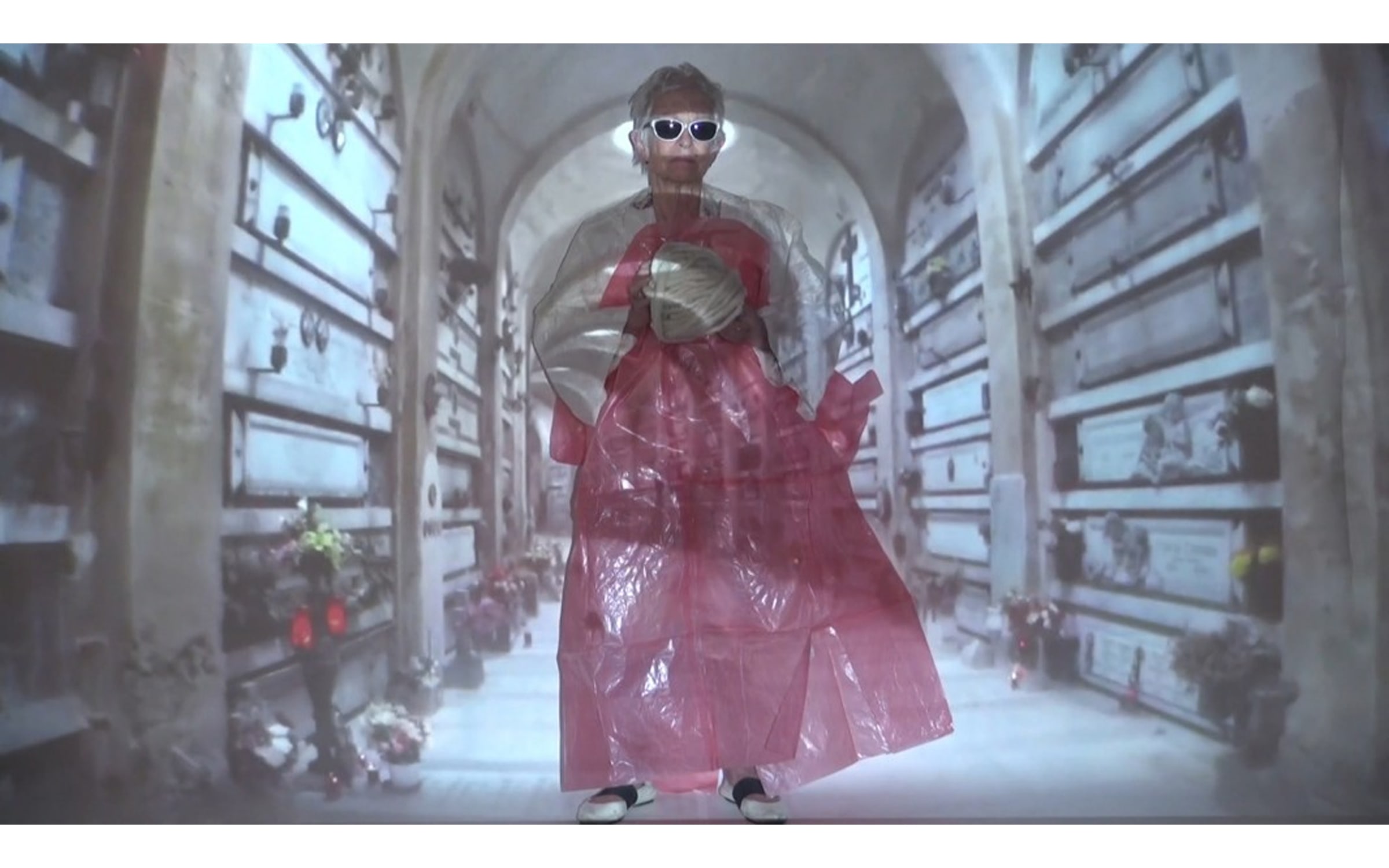
Nevertheless, astute dealers sensed the importance of this new medium. From 1970 to 1972, Karlheinz Hein’s P.A.P. (Progressive Art Production) had a booth at Art Basel to promote its catalog of experimental films, alas with only limited success. In 1974, gallerists Leo Castelli and Ileana Sonnabend also founded Castelli-Sonnabend Videotapes and Films, supporting their artists’ experiments in moving image, among them Nauman and Jonas. That same year, both the Castelli and Sonnabend galleries participated at Art Basel, albeit with more commercially viable works. Such efforts were acknowledged in the fair’s broader program, with screenings of films on and by contemporary artists shown in the Messekino space between 1971 and 1975.
Despite these efforts, video first had a notable presence at Art Basel in 1980, as part of the Art Actions program held in the Rundhof. Art Actions brought together a variety of time-based arts, reflecting the close relationship between video and performance. Since the early 1970s, artists including Jonas and VALIE EXPORT had incorporated performance into video, and video into performance. Performance artists were also starting to use video as a means of extending the scope of their action, as Marina Abramović did with the performance for the camera in Art Must Be Beautiful, Artist Must Be Beautiful, in which she aggressively brushed her hair, to the point of pain, while repeating the titular phrase. Performed in 1975, the work wasn’t shown at Art Basel until 2015 by Galerie Krinzinger.
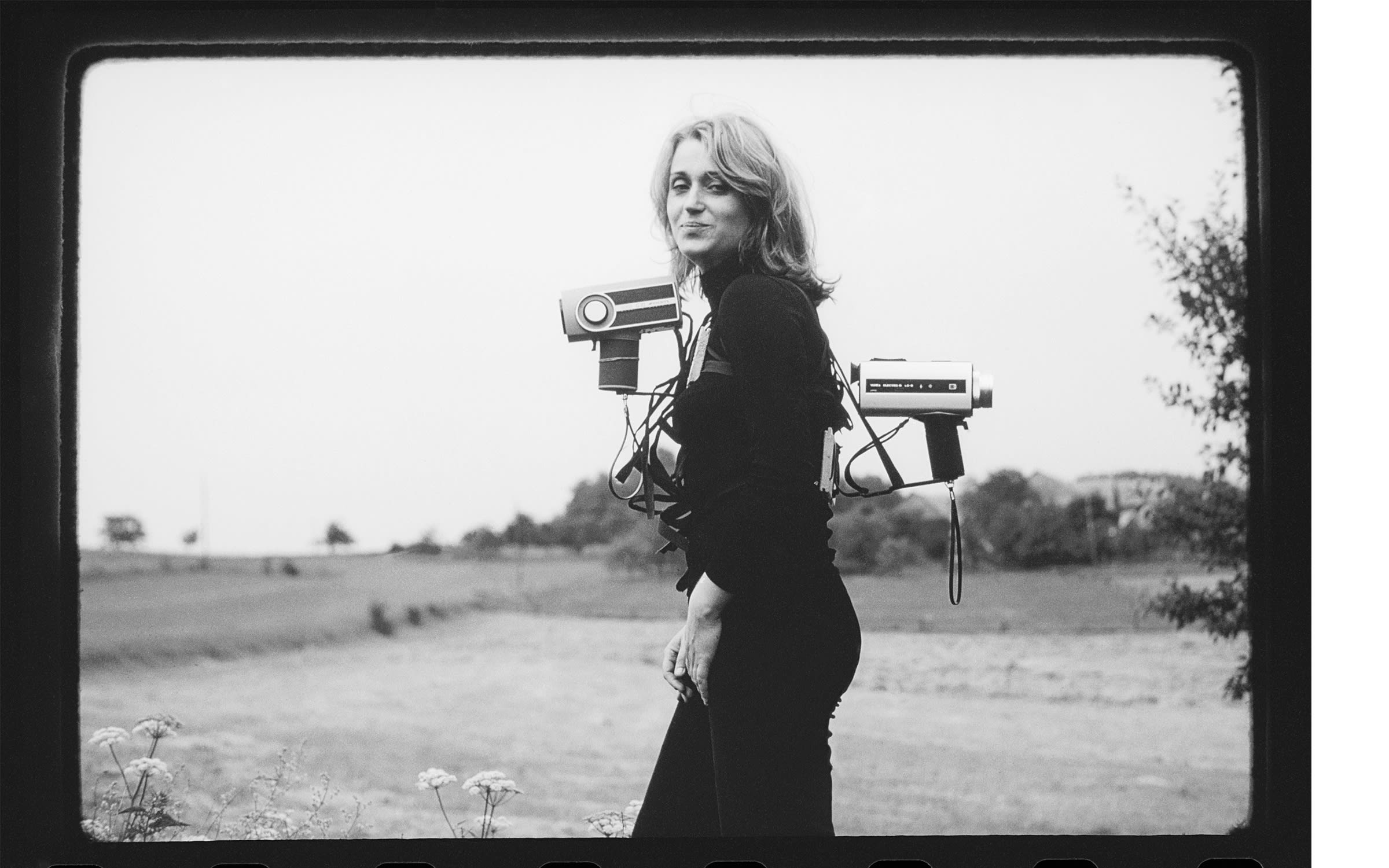
Art Basel officially introduced the Film and Video Program in 1982, when artists such as Bill Viola, Dara Birnbaum, and Gary Hill were starting to receive international institutional recognition. ‘Video in the late 20th century realized the dream of painters from the Renaissance to the late 19th century: to embody motion,’ Viola reflected in an article published in Art in America in February 2010. ‘Not only could artists now capture the cresting wave of the moment, but they could observe themselves in the midst of it from a point of view outside their bodies.’
For curators and collectors, video art has always come with particular challenges, not least the rapid evolution of technology, and the concomitant threat of built-in obsolescence. Paik evoked the darker side of the medium with Fire Piece (1992), in which TV monitors are piled up like a pyre while colored images of flames crackle across their surfaces. With cruel irony, the work was installed at Art Basel by Galerie Hans Mayer in 1993, a notorious edition of the show, during which the temperature in the hall became unbearably hot – so much so that collectors stayed away.
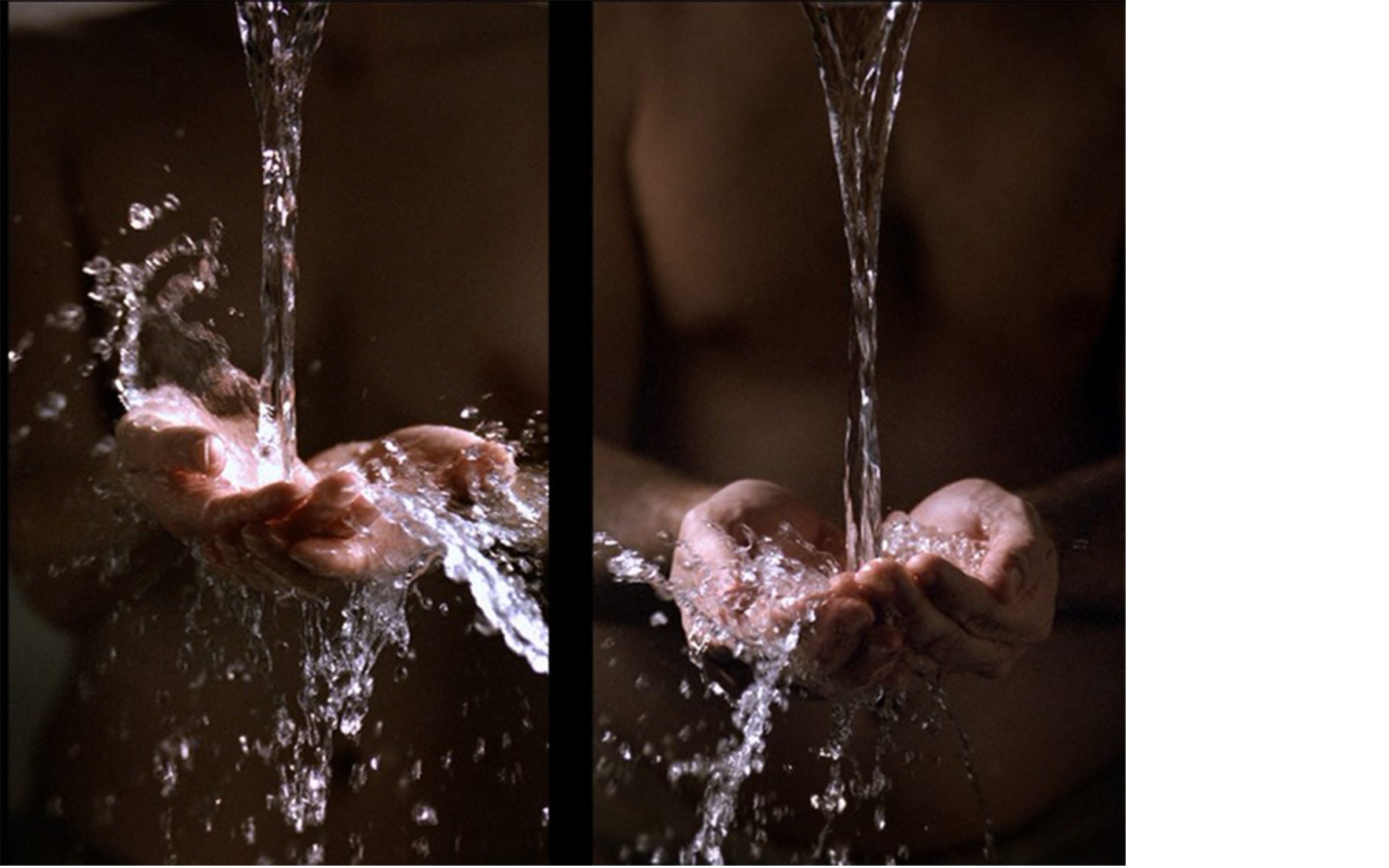
Maxa Zoller, who curated Art Basel’s Film Program from 2015 to 2019, describes the 1990s as a period of pivotal transition. ‘Film and video started to enter the market in the 1970s and then experienced a backlash, because painting was big in the 1980s,’ she says. ‘In the 1990s, this all changed. With the development of digital technology, galleries turned into black boxes. Artists such as Fiona Tan, Steve McQueen, and Douglas Gordon came to the fore and changed the gallery into a space for the moving image and projection. The 1990s was also the decade, Zoller suggests, in which any meaningful distinction between video and film dissolved, with the exception of a few artists, such as Tacita Dean, for whom analogue film remains an important medium.
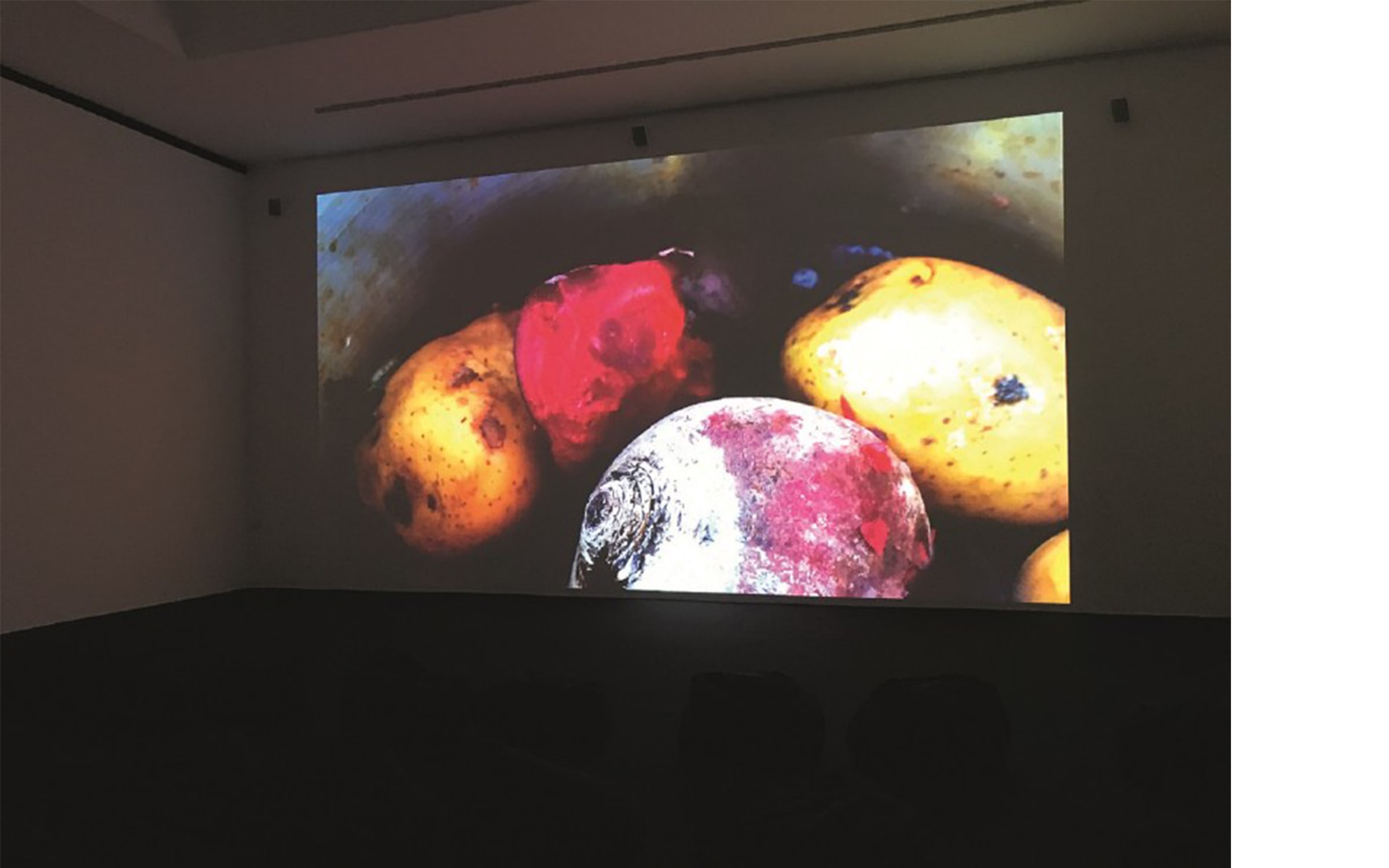
‘[Art] Basel is like a futures market. People go there to predict what the future art market’s going to be,’ artist Ronald Jones wrote in Frieze magazine in 1995 – the same year Art Basel launched its Video Forum. Then, in 1998, reflecting the expanding scale of contemporary art museums, many now inhabiting post-industrial spaces, a sector for outsized sculpture was inaugurated alongside a new sector dedicated to film at the Stadtkino Basel. But where to situate large-scale multimedia installations, among them works by Pipilotti Rist, Viola, and Gordon, that were such a feature of the time? The answer came in 2000, when the Sculpture sector and Video Forum were combined and relaunched as one new sector that remains, along with the Film Program, today: Unlimited.
Moving-image artwork continued to grow in importance; in 2005, video art dominated in both Art Basel's Unlimited sector and the Venice Biennale. Yet there can be too much of a good thing: The following year, Katie Sonnenborn noted that ‘growing fatigue and irritation plague much of video’s captive audience in galleries, fairs and marathon exhibitions, turning possible enthusiasts into hit-and-run samplers, secret avoiders or outright enemies.’
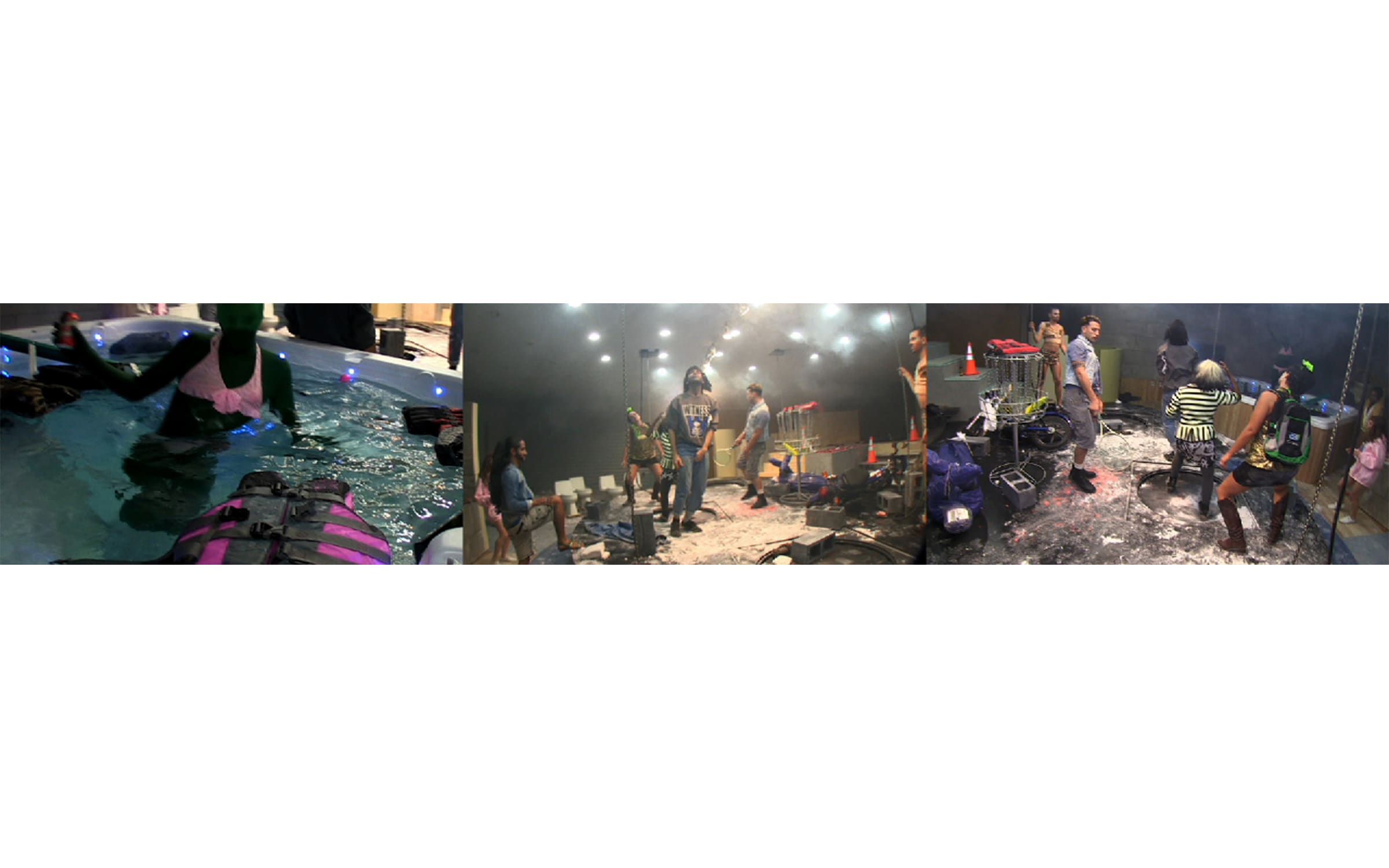
But the role and spread of the moving image radically changed when, in 2006, Google bought a video-sharing website. In just four years, YouTube became – and remains – one of the three most-visited sites on the Internet. With it came a new platform, a new, rapidly evolving aesthetic language, and a new bank of moving images that have helped to shape the work of contemporary artists as diverse as Ryan Trecartin and Lizzie Fitch, Wong Ping, Lu Yang, and Arthur Jafa.
Simultaneously, artists were transforming cinema: Zoller considers McQueen’s first mainstream feature film, Hunger (2008), to have given artists ‘permission’ to explore moving-image narrative on an expanded scale. With artists showing works in both cinemas and galleries, Zoller pivoted away from a specific focus on form to explore themes and ideas during her time curating Art Basel’s Film sector. More experimental programming was interspersed with artist-directed features, among them Takashi Murakami’s Jellyfish Eyes (2013), Pierre Bismuth’s Where Is Rocky II? (2016), and Tan’s History’s Future (2016).
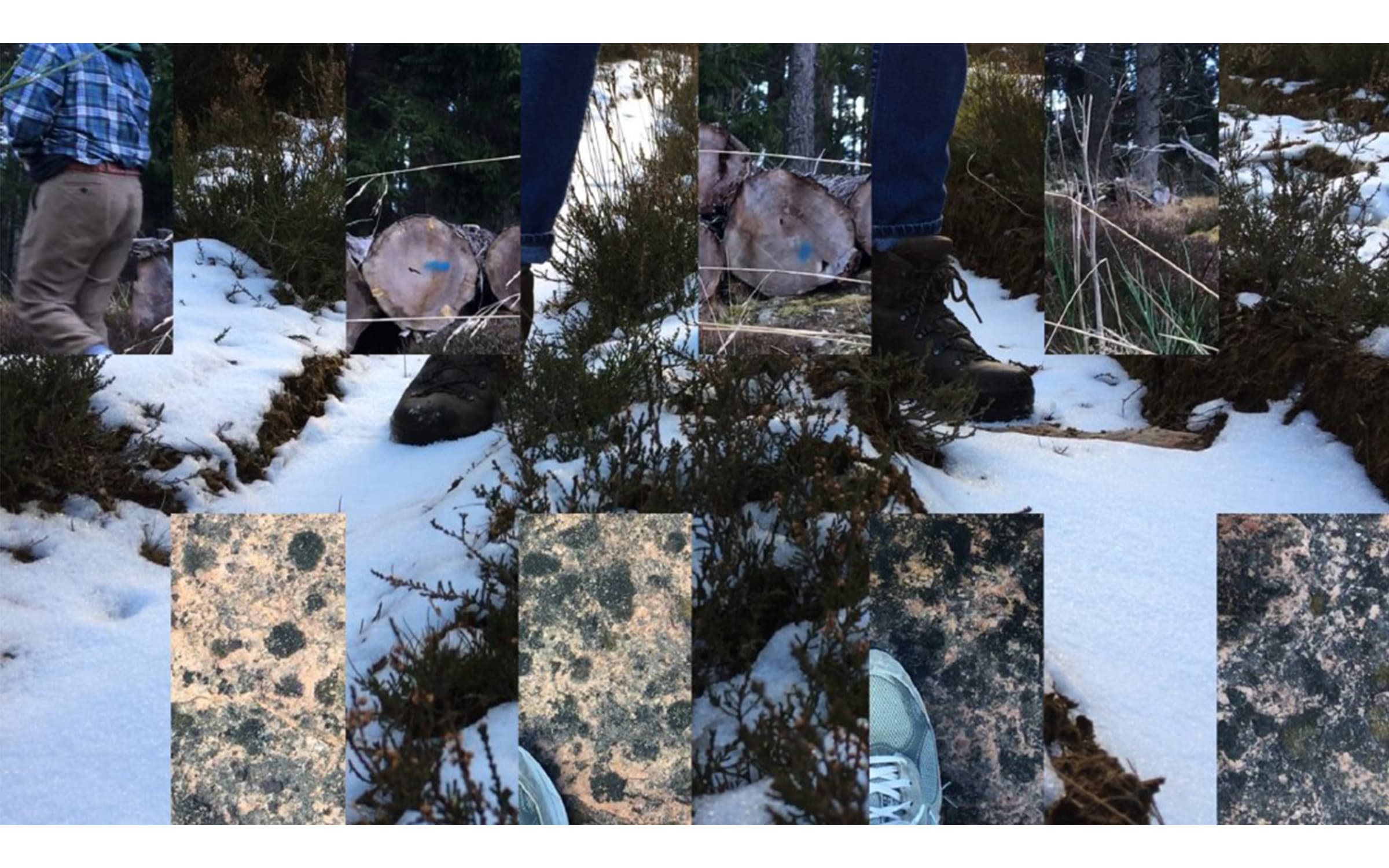
Would the early pioneers of video art, grappling with their 18-kilogram cameras, envy their 21st-century counterparts, such as the Turner Prize–winning artist Charlotte Prodger, whose work Bridgit (2016) was shot entirely on her iPhone? It seems in keeping with the early ethos of easy, responsive, and disposable experiments with moving image. Such technology has also revolutionized the way video art can be consumed. ‘Solastalgia – Wild Tales’, for example, a series of digital screenings organized by the current Art Basel Film curator Filipa Ramos and presented on artbasel.com over the summer, was available to watch from mobile devices. Like early video art, smartphone art and new viewing habits suggest an ever more intimate incursion of the medium, burrowed deep in your ears, nestled in the palm of your hand.

